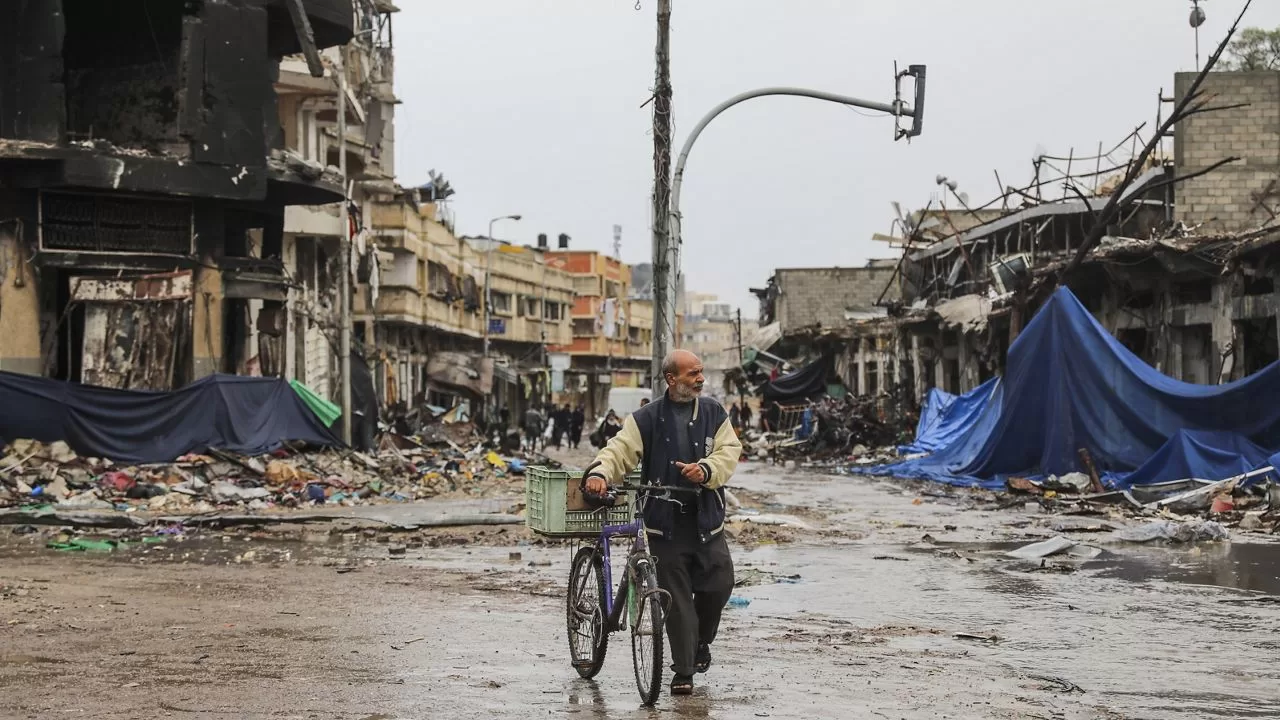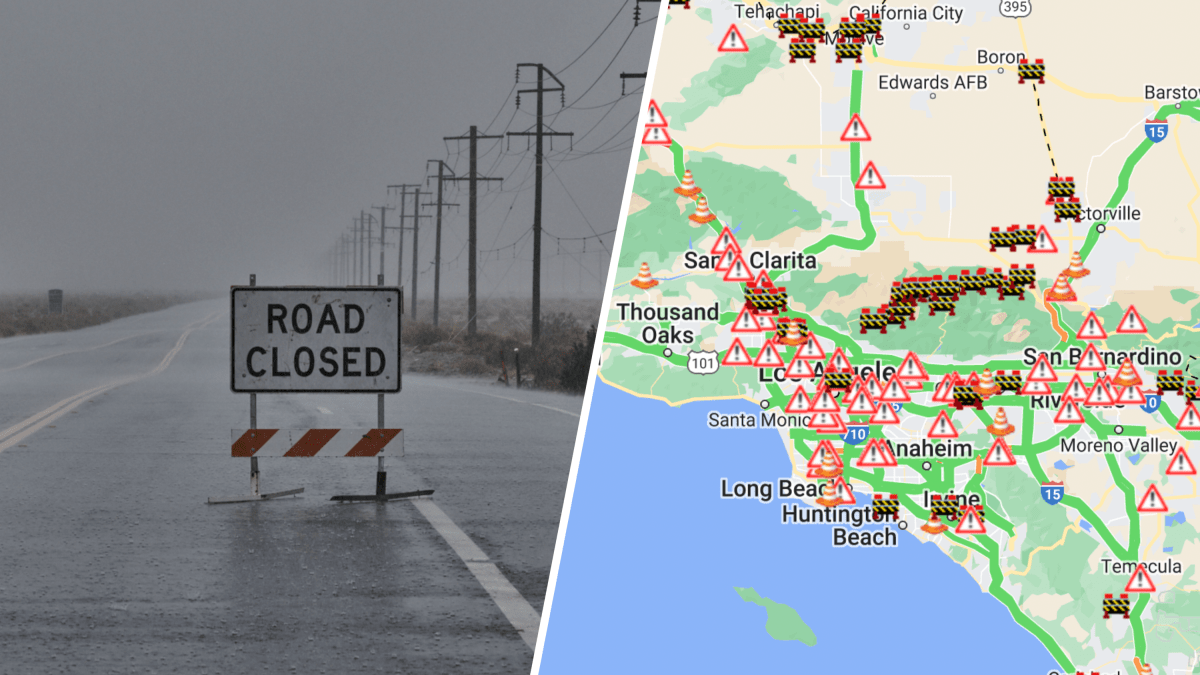Miami. The POTvia the Ames Research Center, revealed in a study that if global temperatures continue to rise and reach 2 degrees Celsius (3.6 degrees Fahrenheit) “people around the world could face multiple impacts from the climate change simultaneously”.
The most recent investigation of NASA seeks to prepare the world’s governments for extreme risks. This, while terrifying forest fires multiply on the continents of America and Europe, which are simultaneously hit by strong storms.
The study on the climate relied on projections of various global warming scenarios to understand how different climate effects might combine.
The researchers found that more than a quarter of the world’s population “could experience an additional month of severe heat stress each year compared to the mid-20th century (1950-1979).”
“High temperatures and drought could dangerously combine in places like the Amazon, increasing the risk of forest fires. In the western United States, extreme fire weather will likely be more intense and last longer,” says the center of the POTon your portal.
Since 2016, the United Nations, at the Climate Change Conferences, have urged to reduce global greenhouse gas emissions and thereby limit the increase in global temperature to 2 degrees Celsius. Currently, efforts are being made to limit the rise to more than 1.5 degrees.
For her part, the World Meteorological Organization warns that it is very likely that between 2023 and 2026 we will experience the warmest year on record, and a 50% probability that the global temperature will temporarily exceed 1.5 °C.
The NASA researchers, in order to investigate the “potentially aggravating effects of rising temperatures”, worked with a set of specially processed climate predictions.
The predictions were originally generated by 35 of the main climate models in the world, specifically, collaborators of the Coupled Models Intercomparison Project (CMIP) that support the Intergovernmental Panel on Climate Change and other international groups, and in which “the includes models developed by NASA’s Goddard Institute for Space Studies,” the note explains.
They analyzed changes in air temperature, precipitation, relative humidity, long- and short-wave solar radiation, and wind speed at a point where warming exceeds 2°C, and the effects that might affect people.
“The increasing impacts of all the climate extremes studied could cause significant damage to communities and economies, due to the fires, floods, landslides and crop losses that may result,” said Ramakrishna Nemani, BAERI principal scientist and co-author of the study. study.
Scientists hope the projections can help world governments prepare for and protect their regions against impacts.
For example, a local legislator might decide to build more flood barriers or seek less development in flood-prone areas, said Ian Brosnan, co-author of the paper and principal scientist at NEX.





